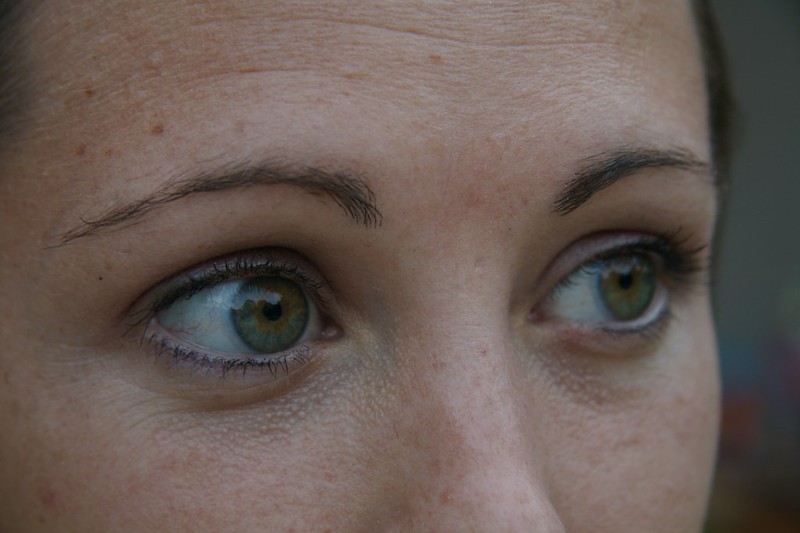 POLICY
POLICY
 POLICY
POLICY
 POLICY
POLICY
Yet another company that creates facial recognition software is now under the spotlight, as four Democratic senators asked the Federal Trade Commission today to investigate the Virginia-based American online identity network company ID.me.
Just last week, Clearview AI Inc. reached a settlement in court and agreed to stop selling its facial recognition technology. Such technology gives certain members of the public and officials the jitters, with Clearview being accused of using images without people’s consent, not to mention being part of what some people deem an Orwellian kind of surveillance.
In the case of ID.me, lawmakers have expressed concern about how the company works. “We write to urge the Federal Trade Commission to investigate evidence of deceptive statements made by ID.me – a provider of identity verification services widely used by federal and state government agencies – about its use of facial recognition,” said a letter sent to the FTC, signed by Sen. Ron Wyden, Sen. Alex Padilla, Sen. Cory Booker, and Sen. Edward Markey.
The company says it now works with 80 million people across the U.S., a number that has greatly increased during the COVID-19 pandemic. Used to verify people’s identities, ID.me has worked with federal agencies, including the Internal Revenue Service. Some people questioned whether a private entity should be a gatekeeper for government services, a matter that led to an investigation by the House Oversight and Reform Committee.
The most recent controversy is related to whether the company uses what’s called one-to-one facial recognition, or one-to-many facial recognition. The former means someone using a government website will take a selfie and that picture will be compared with just one picture, such as a driver’s license. The latter means a selfie is taken and the image is compared with a database of images from which it’s scanned to find the right person. It seems ID.me may have led people to believe it uses the former when it actually uses the latter.
It was Chief Executive Blake Hall who caused the confusion, one time saying it didn’t use one-to-many recognition and then later saying it did. “Within days, the company edited the numerous blog posts and white papers on its website that previously stated the company did not use one-to-many to reflect the truth,” the lawmakers said.
If true, this means millions of Americans’ faces are part of the database and their faces might be subject to scanning on a regular basis. It also means that they could falsely be matched with someone, which wouldn’t be that unusual where this type of software is concerned – especially where Blacks are concerned. The senators have said people ought to know if their faces are subject to regular scans.
“Americans have particular reason to be concerned about the difference between these two types of facial recognition,” they said. “While one-to-one recognition involves a one-time comparison of two images in order to confirm an applicant’s identity, the use of one-to-many recognition means that millions of innocent people will have their photographs endlessly queried as part of a digital ‘line up.’”
When questioned by Bloomberg, a spokesperson for ID.me didn’t address these concerns but did say the company had helped the government to reduce the amount of fraud in the U.S. “We look forward to cooperating with all relevant government bodies to clear up any misunderstandings,” he said.
Support our mission to keep content open and free by engaging with theCUBE community. Join theCUBE’s Alumni Trust Network, where technology leaders connect, share intelligence and create opportunities.
Founded by tech visionaries John Furrier and Dave Vellante, SiliconANGLE Media has built a dynamic ecosystem of industry-leading digital media brands that reach 15+ million elite tech professionals. Our new proprietary theCUBE AI Video Cloud is breaking ground in audience interaction, leveraging theCUBEai.com neural network to help technology companies make data-driven decisions and stay at the forefront of industry conversations.